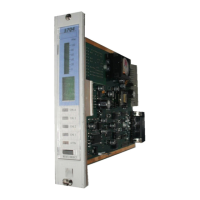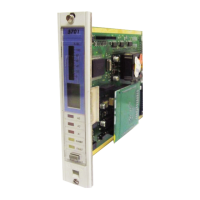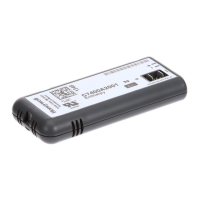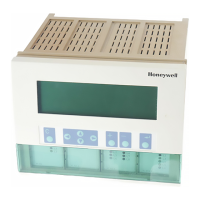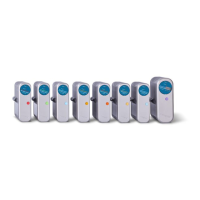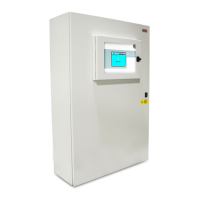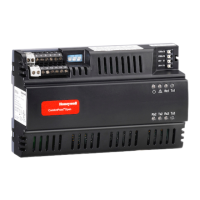BUILDING MANAGEMENT SYSTEM FUNDAMENTALS
ENGINEERING MANUAL OF AUTOMATIC CONTROL
197
M15007
S S
PC
PC
S
LI
ZI
Z
Z
T
A
Z
Z
BI
S
PC PC
LI
Z
3P
3P
3I
BC 3P
BC
FA
FA
ETHERNET LAN
LEGEND
PC - OPERATIONS/MANAGEMENT
WORK STATION
S - SYSTEM LEVEL CONTROLLER
Z - ZONE CONTROLLER
ZI - ZONE CONTROL INTERFACE
T - INTELLIGENT TEMPERATURE
SENSOR
A - INTELLIGENT ACTUATOR
BI - BACNET INTERFACE
BC - BACNET CONTROLLER
LI - LONMARK INTERFACE
3I - THIRD PARTY (SUCH AS SWITCH
GEAR) INTERFACE
3P - THIRD PARTY PROCESSOR
FA - FIRE ALRM PROCESSOR
- INPUTS/OUTPUTS
Fig. 11. In-Depth Integrated System.
The advantages of an in-depth integrated system are:
— First costs and ongoing operating costs are usually lower
— Interdependence between subsystems, such as smoke
control, can be easily accommodated since there is only
one processor
— Independent operating centers at remote locations can
be provided
— Third party LonMark™ and BACnet points may be
positioned on or added to standard system graphics.
The disadvantage of this type of integration is that care must
be taken in configuring the system to be sure that transmission
speeds are adequate for all parts of the system.

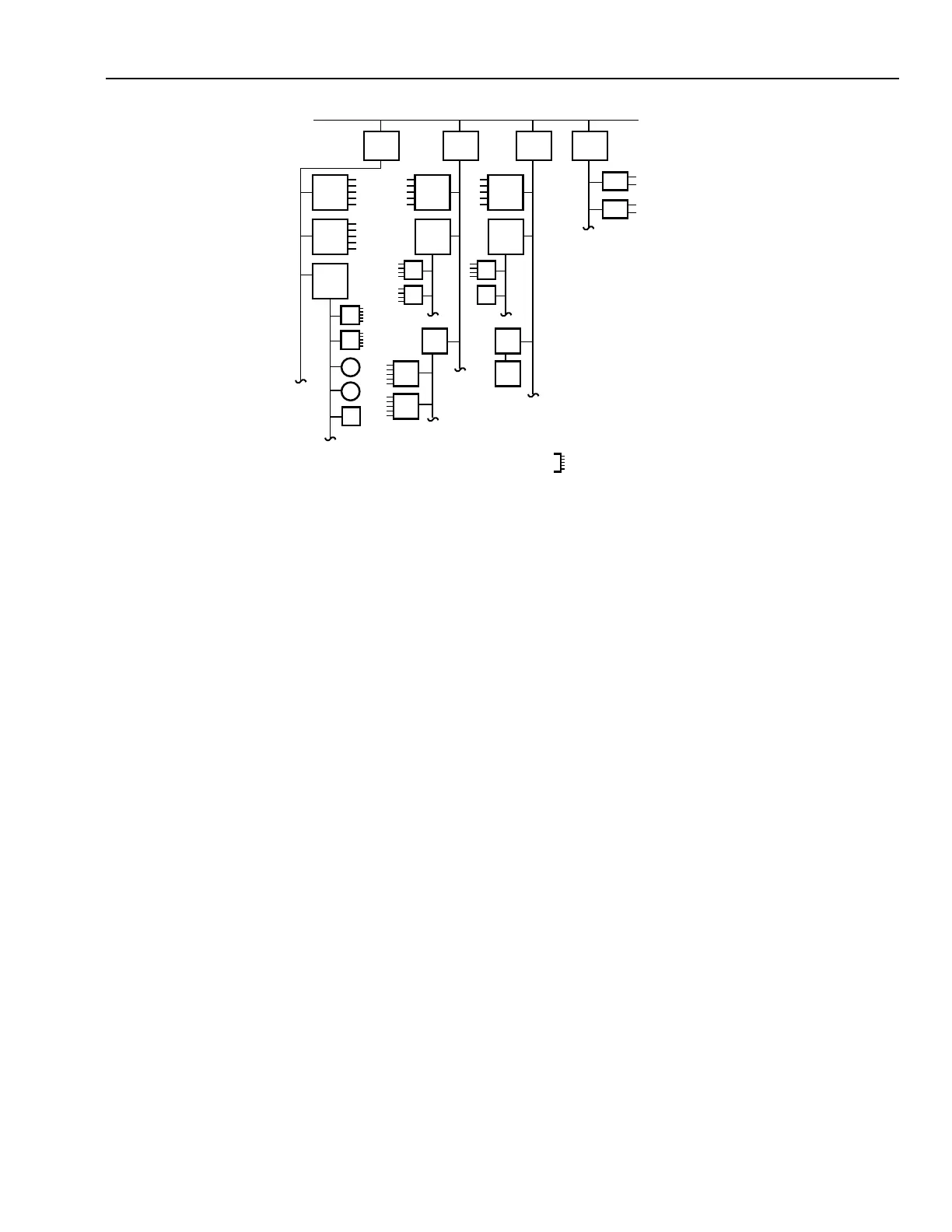